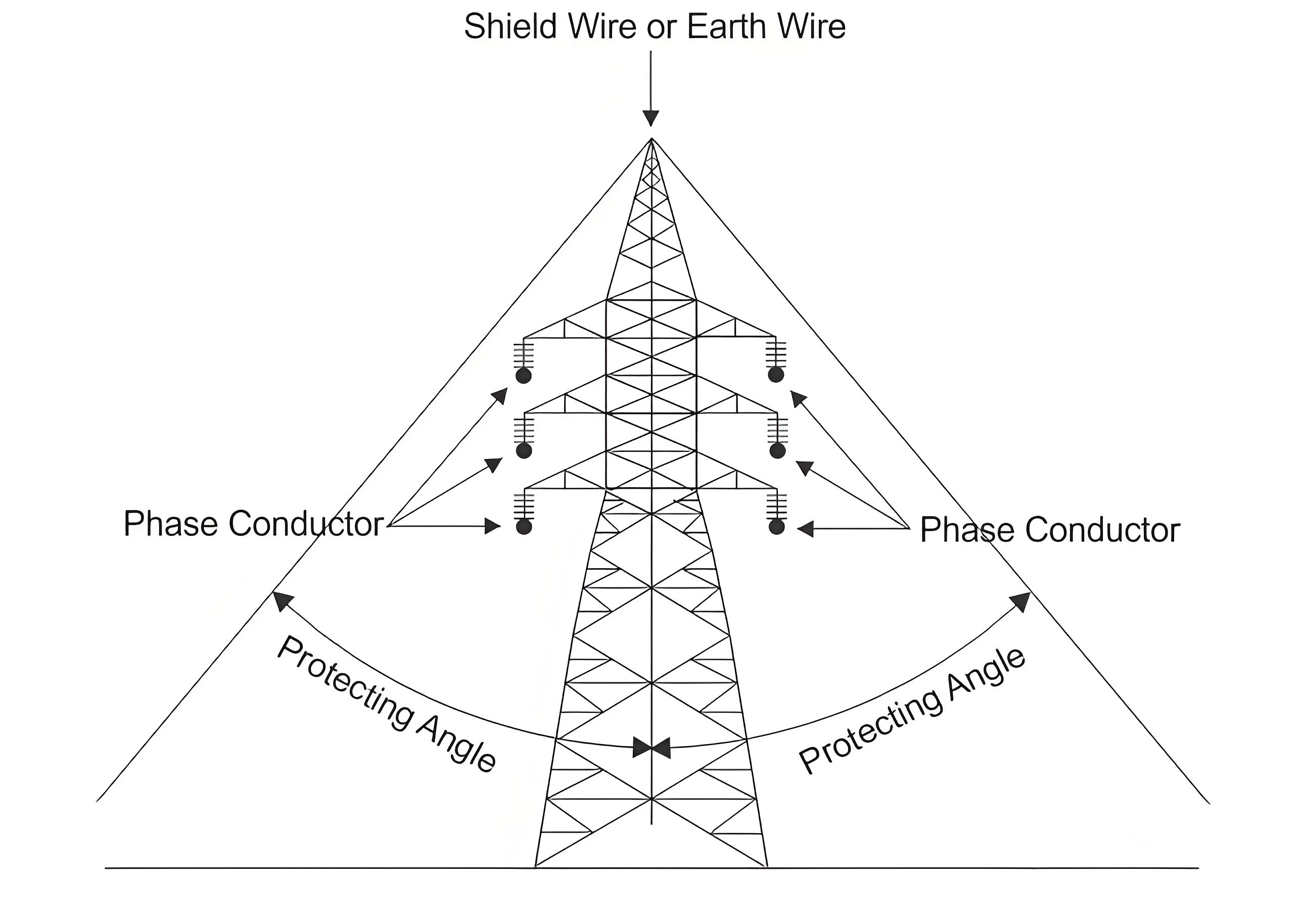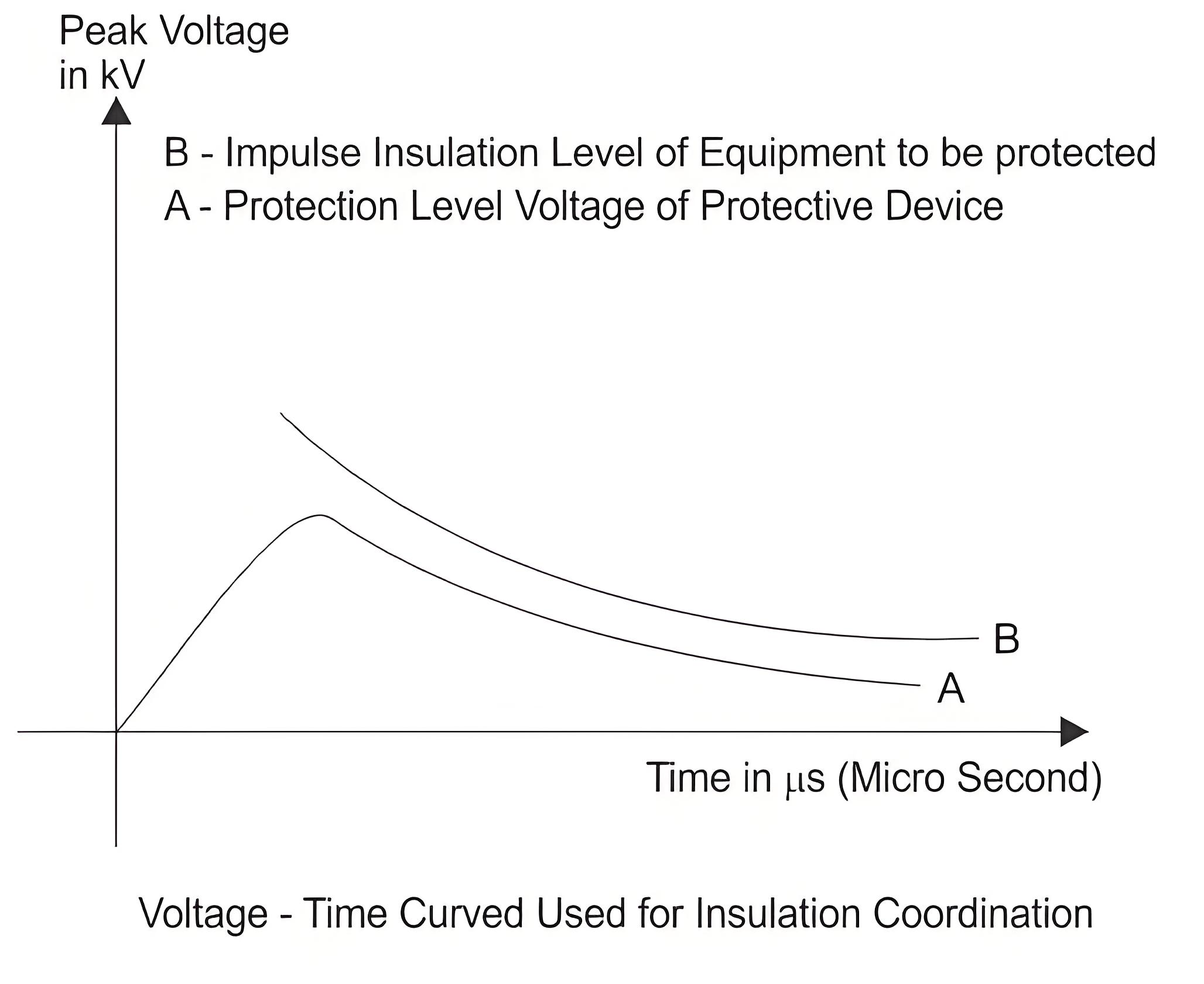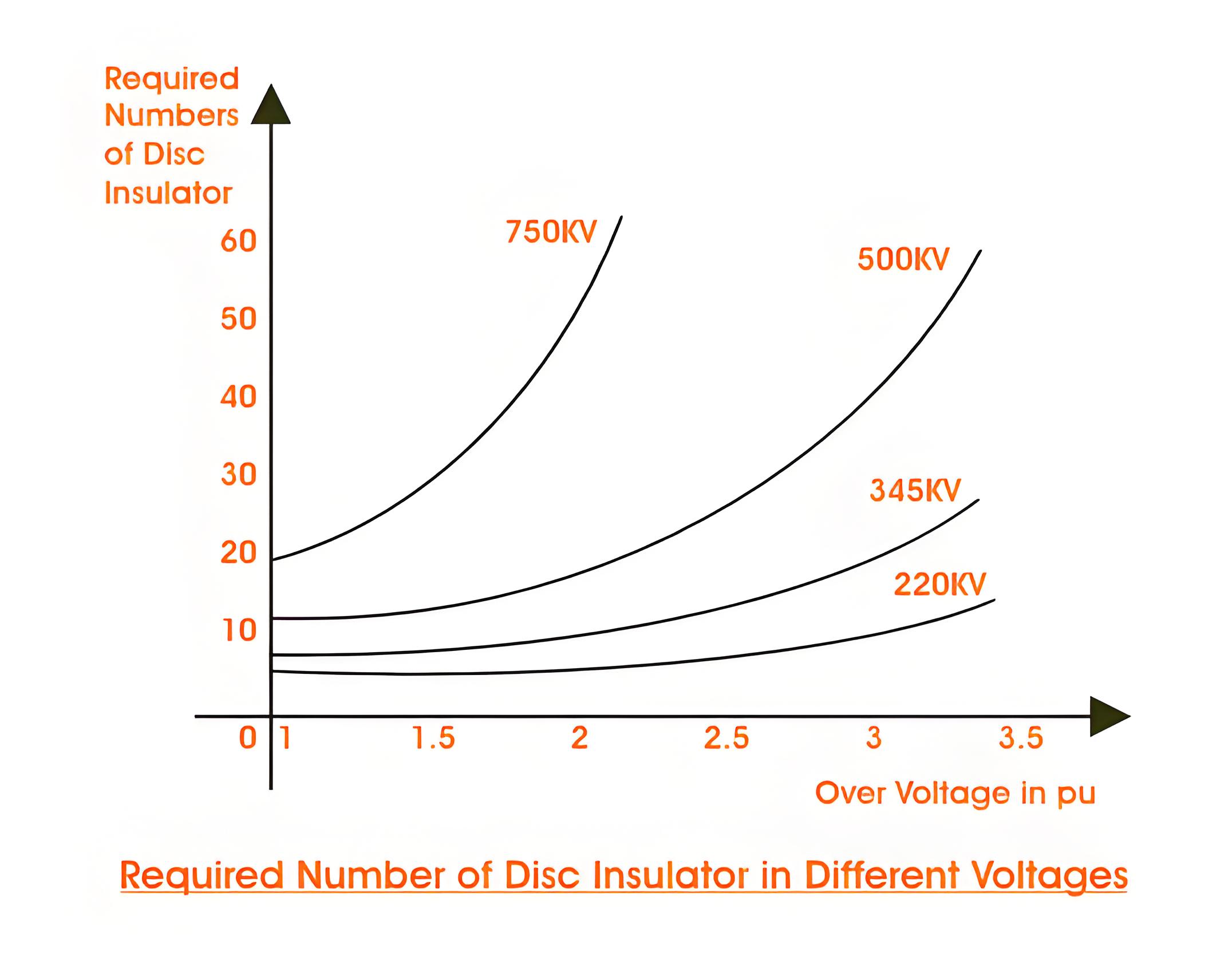What is Insulation Coordination in Power System?
What is Insulation Coordination in Power System?
Insulation Coordination Defined
Insulation coordination is the strategic arrangement of electrical insulation to minimize system damage and ensure easy repairs in case of failure.
System Voltages
Understanding nominal and maximum system voltages is crucial for designing a power system’s insulation to handle different operational conditions.
Nominal System Voltage
Nominal System Voltage is the phase to phase voltage of the system for which the system is normally designed. Such as 11 KV, 33 KV, 132 KV, 220 KV, 400 KV systems.
Maximum System Voltage
Maximum System Voltage is the maximum allowable power frequency voltage which can occurs may be for long time during no load or low load condition of the power system. It is also measured in phase to phase manner.
List of different nominal system voltage and their corresponding maximum system voltage is given below for reference,

NB – It is observed from above table that generally maximum system voltage is 110 % of corresponding nominal system voltage up to voltage level of 220 KV, and for 400 KV and above it is 105 %.
Earthing Factor
This is the ratio of the highest rms phase to earth power frequency voltage on a sound phase during an earth fault to the rms phase to phase power frequency voltage which would be obtained at the selected location without the fault.
This ratio characterizes, in general terms, the earthing conditions of a system as viewed from the selected fault location.
Effectively Earthed System
A system is said to be effectively earthed if the factor of earthing does not exceed 80 % and non-effectively earthed if it does.
Factor of earthing is 100 % for an isolated neutral system, while it is 57.7 % (1/√3 = 0.577) for solidly earthed system.
Insulation Level
Every electrical equipment has to undergo different abnormal transient over voltage situation in different times during its total service life period. The equipment may have to withstand lightning impulses, switching impulses and/or short duration power frequency over voltages. Depending upon the maximum level of impulse voltages and short duration power frequency over voltages that one power system component can withstand, the insulation level of high voltage power system is determined.
During determining the insulation level of the system rated less than 300 KV, the lightning impulse withstand voltage and short duration power frequency withstand voltage are considered. For equipment rated more or equal 300 KV, switching impulse withstand voltage and short duration power frequency withstand voltage are considered.
Lightning Impulse Voltage
The system disturbances occur due to natural lightning, can be represented by three different basic wave shapes. If a lightning impulse voltage travels some distance along the transmission line before it reaches to a insulator its wave shaped approaches to full wave, and this wave is referred as 1.2/50 wave. If during travelling, the lightning disturbance wave causes flash over across an insulator the shape of the wave becomes chopped wave. If a lightning stroke hits directly on the insulator then the lightning impulse voltage may rise steep until it is relieved by flash over, causing sudden, very steep collapse in voltage. These three waves are quite different in duration and in shapes.
Switching Impulse
During switching operation there may be uni-polar voltage appears in the system. The wave form of which may be periodically damped or oscillating one. Switching impulse wave form has steep front and long damped oscillating tale.
Short Duration Power Frequency Withstand Voltage
Short duration power frequency withstand voltage is the prescribed rms value of sinusoidal power frequency voltage that the electrical equipment shall withstand for a specific period of time normally 60 seconds.
Protective Devices
Over voltage protective device like surge arrestors or lightning arrestors are designed to withstand a certain level of transient over voltage beyond which the devices drain the surge energy to the ground and therefore maintain the level of transient over voltage up to a specific level. Thus transient over voltage can not exceed that level. The protection level of over voltage protective device is the highest peak voltage value which should not be exceeded at the terminals of over voltage protective device when switching impulses and lightening impulses are applied.
Using Shield Wire or Earth Wire

Lightning surges in overhead transmission lines can result from direct lightning strikes. Installing a shield wire or earth wire above the top conductor at a suitable height can protect these lines. If this shield wire is properly connected to the transmission tower and the tower is well-earthed, it can prevent direct lightning strikes on any conductors within the protective angle of the earth wire. Shield wires also protect electrical substation and their equipment from lightning.
Conventional Method of Insulation Coordination

As discussed, components in an electrical power system may experience varying levels of transient voltage stresses, including switching and lightning impulse voltages. Using protective devices like lightning arrestors can limit the maximum amplitude of these transient over voltages. By maintaining insulation levels above the protective devices’ protection level, the likelihood of insulation breakdown is minimized. This ensures that any transient over voltage reaching the insulation is within the safe limits set by the protection level.
Generally, the impulse insulation level is established at 15 to 25 % above the protective level voltage of protective devices.
Statistical Methods of Insulation Coordination

At higher transmission voltages, the length of the insulator strings and the clearance in air do not increase linearly with voltage but approximately to V1.6. The required number of insulator disc in suspension string for different over voltages is shown below. It is seen that increase in the number of disc is only slight for 220 KV system, with the increase in the over voltage factor from 2 to 3.5 but that there is a rapid increase in the 750 kV system. Thus, while it may be economically feasible to protect the lower voltage lines up to an over voltage factor of 3.5(say), it is definitely not economically feasible to have an over voltage factor of more than about 2 to 2.5 on the higher voltage lines. In the higher voltage systems, it is the switching over voltages that is predominant. However, these may be controlled by proper design of switching devices.
Economic Efficiency
Insulation coordination must balance technical requirements with economic feasibility, especially at higher voltage levels.
The Electricity Encyclopedia is dedicated to accelerating the dissemination and application of electricity knowledge and adding impetus to the development and innovation of the electricity industry.













